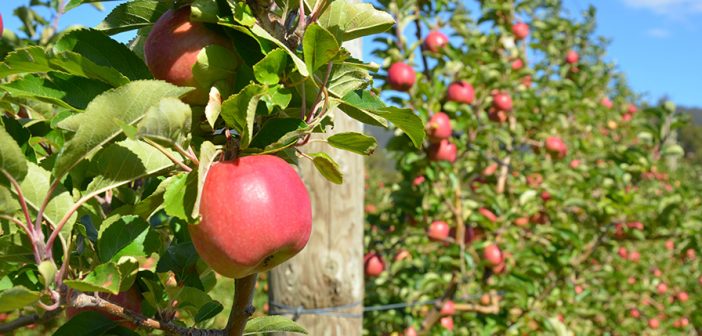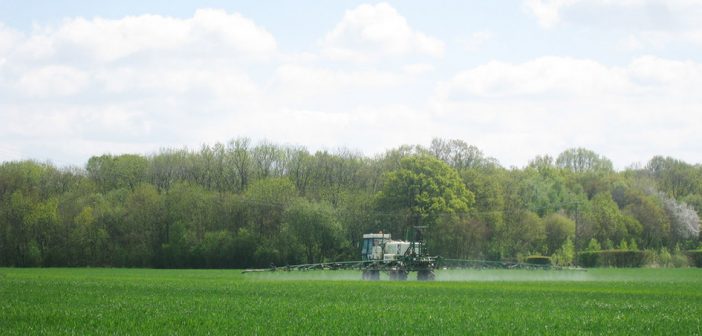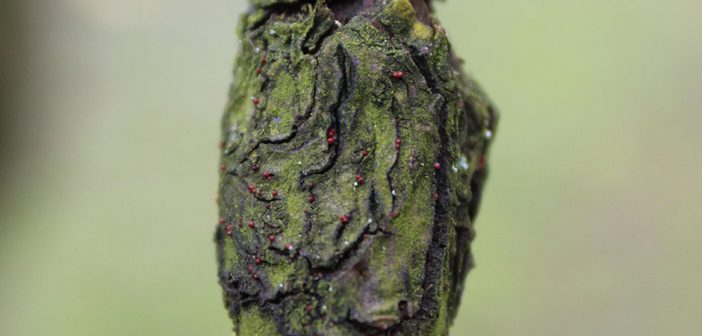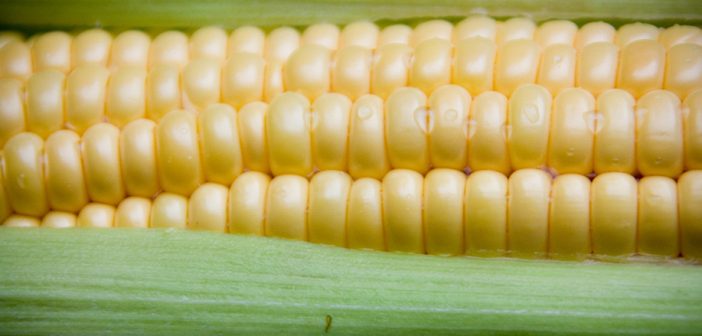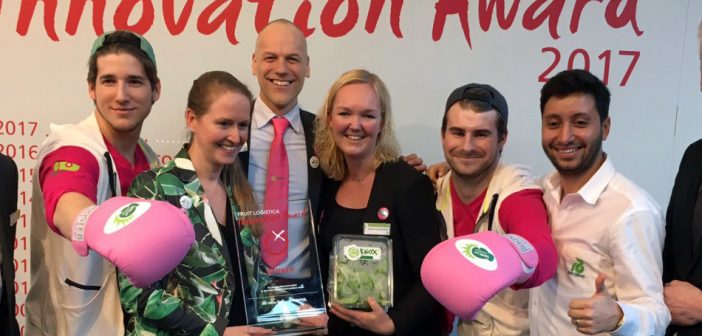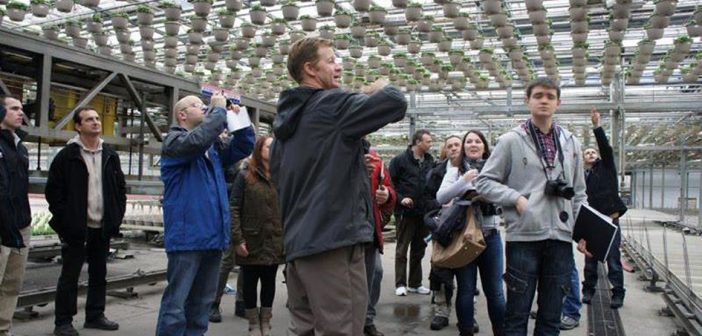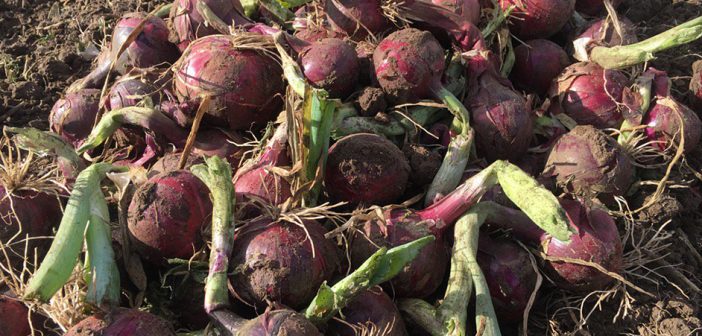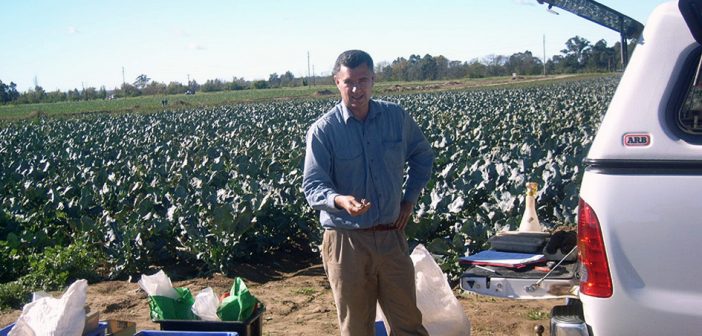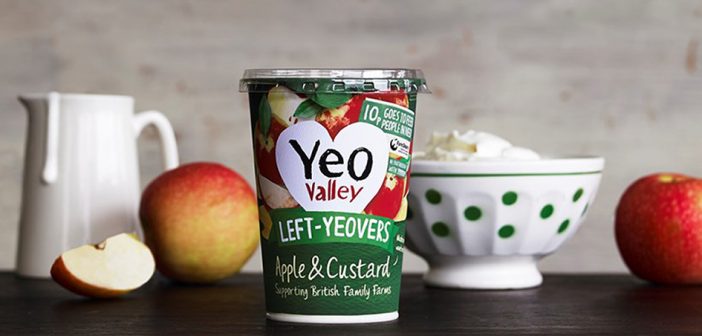Sustainability has never been higher on the agenda for food and drink companies than it is now. Not only does operating in an ethical and environmentally responsible way make sense for both planet and pocket, but it’s clear that this is what consumers want, too. Research from Globescan revealed that 92 per cent of shoppers think food companies should focus their efforts on securing the future sustainability of food, with two-thirds also believing that farmers should be paid more for their produce. So, what more could the UK’s food producers be doing to increase their sustainability credentials?
Making the most of waste
In recent years, some of the country’s most forward thinking food companies have developed a truly circular approach to resource use. Alongside minimising the volume of waste they generate, they are also turning the unavoidable fraction that does occur into renewable energy, for use in their on-site operations. Anaerobic digestion (or AD) – in which organic matter is naturally broken down to produce energy and biofertiliser – has taken big strides in the UK over the past seven years, with over 540 AD plants now in operation.
While the vast majority of the country’s AD facilities treat sewage sludge, agricultural feedstocks or commercial/municipal food waste, almost 40 facilities are on-site industrial plants. Together, these generate over 50 MWe-e from a variety of process residues, ranging from vegetable peelings and sugar beet pulp to liquid malt waste and whisky draff. The benefits for the companies operating these plants are multiple – reduced waste disposal costs; reduced energy costs; security of energy supply, with reduced reliance on fossil-fuel derived power; carbon mitigation; superior green credentials; and creation of a nutrient-rich biofertiliser. And the fact that these plants have an on-site use for the power they produce means they are exempt from the current crisis in renewable energy incentives which is affecting plants that export power to the grid.
Take the heat
However, any AD facility that wants to maximise its returns also needs to be making use of its full heat output, not just its power output. The AD process generates plenty of surplus heat – most commonly, heat produced by biogas combustion in a combined heat and power (CHP) unit, but also via digestate pre-heating, pasteurisation, biogas upgrading to biomethane and digestate concentration. Ensuring this heat is used either within the AD process itself or within other on-site operations can make a big difference to a plant’s efficiency and therefore profitability.
By using heat exchangers within an AD plant, surplus heat can be taken from one process or place and transferred to another. Common everyday examples include domestic radiators (which transfer heat from a boiler to a room) and car radiators (which take heat away from the engine). Two of the most common types supplied to AD plants by HRS Heat Exchangers are Plate Heat Exchangers and Tubular Heat Exchangers. However, there are many different models and refinements and it is advisable to consult a specialist who can explain the benefits of different types and perhaps offer different solutions.
Potential uses for heat in the AD process
When it comes to making full use of the heat, there are a number of options with the AD process itself, including: preheating feedstock; for pasteurising; to reduce the volume of digestate; or to upgrade biogas to biomethane. For on-site plants within the food industry, it can also be used for space heating, cooking, heating liquids, or pasteurising and sterilising foodstuffs. In addition, large sites may have significant office and staff facilities, where there may be the scope to install district heating systems.
As the demand on resources increases, there will be a greater need for food companies to demonstrate sustainability across all areas of their business. On-site AD, where full use is made of both the heat and power generated by waste materials, offers an obvious solution.

This post first appeared on PandCT.com.
